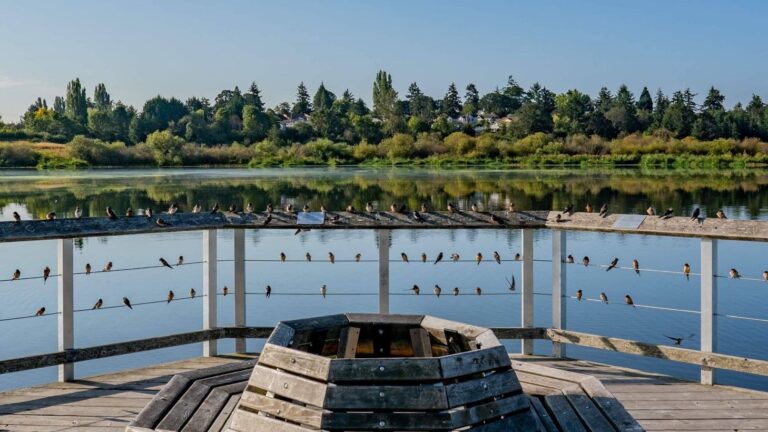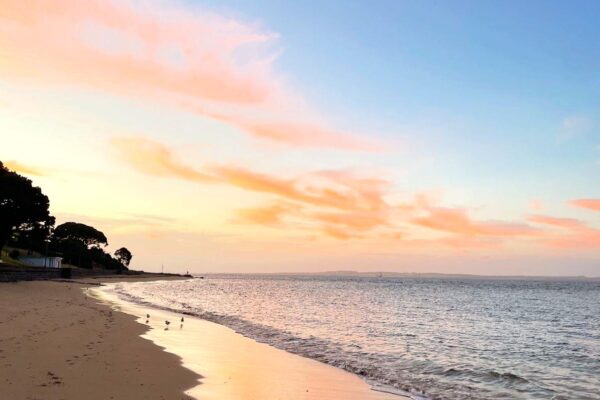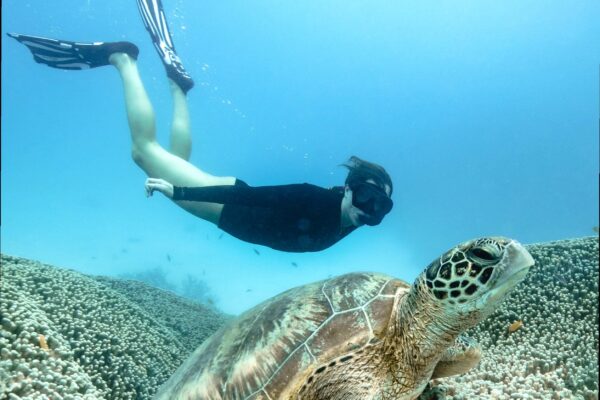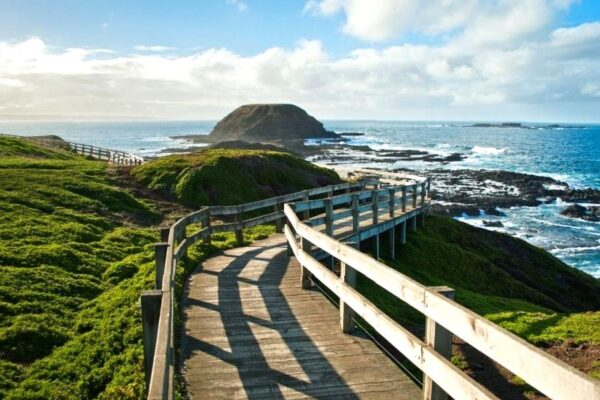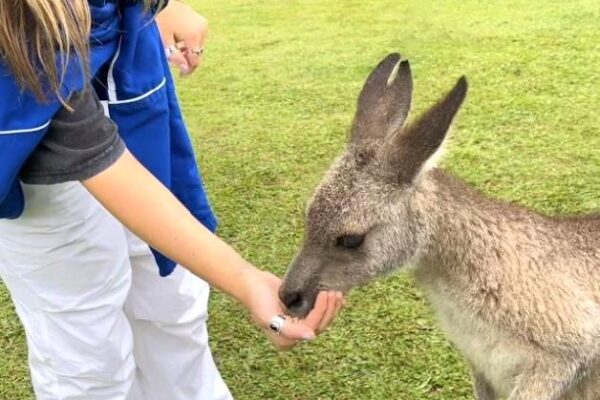Swan Lake is a breathtaking wildlife sanctuary that is perfect for not only birdwatchers but also for people who just love nature for it is filled with beautiful surroundings and a variety of birds. There are quiet places with beautiful views of the lakes while there are also swampy places every inch of the reserve cannot be ignored by those who love the great outdoors. This site is remarkable for the richness of avifauna and it is used as a birdwatching spot as well as a protective area for wildlife. Trip with friends turns into a great experience of sightseeing more of the area for its exquisite beauty. Whether you are an expert in birdwatching or a simple curious person, Swan Lake has a lot of things to unveil and show for its visitors of all kinds.
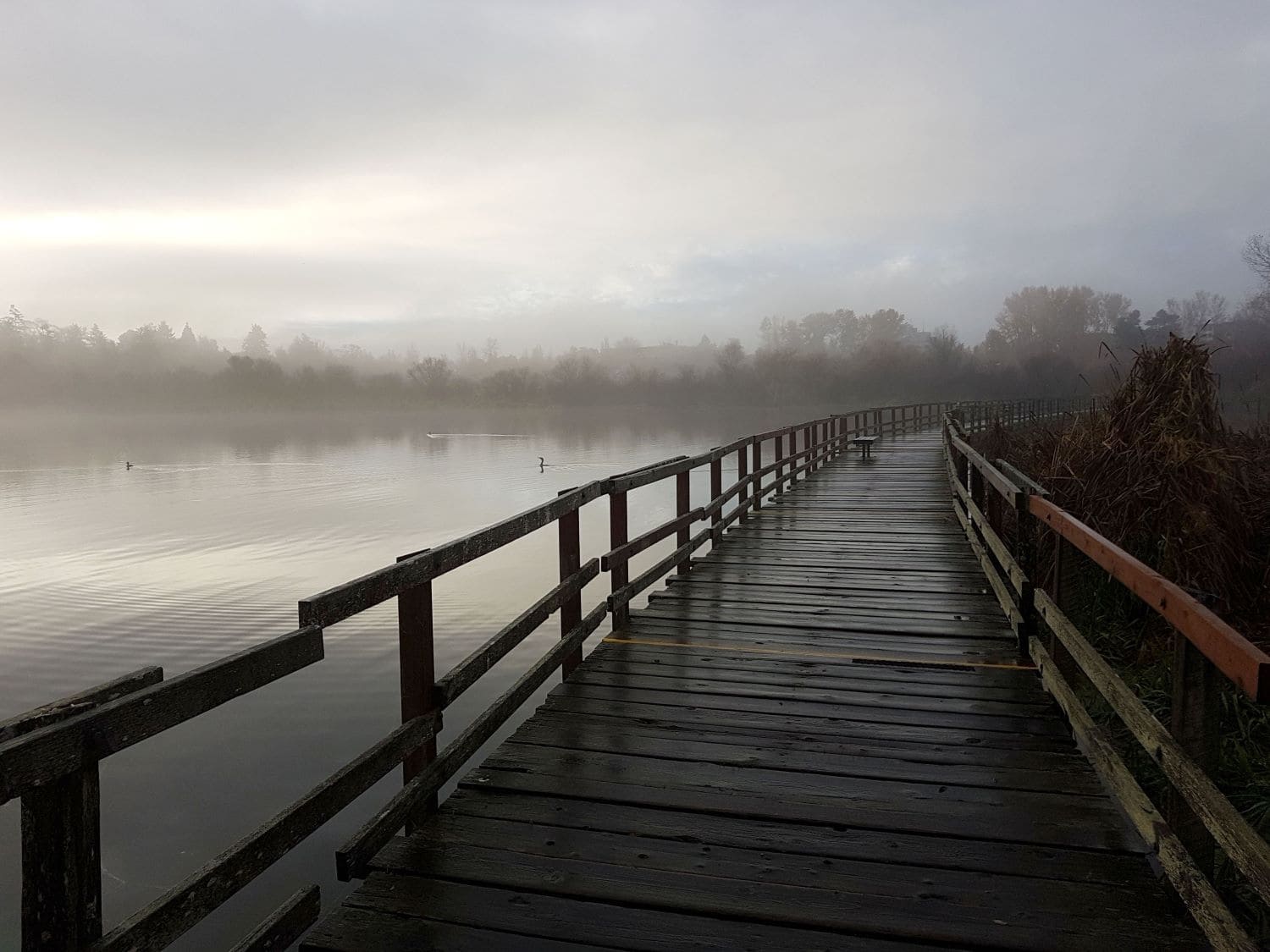
What is Swan Lake?
Location and Accessibility
Swan Lake is so situated that most visitors from nearby towns don’t have a problem accessing it. There are several means of transport available for instance private cars, public means, and even cycling paths for those who would like a work out. A lot of parking space is available in different areas within the reserve making it easy for people to get to the best spots for bird watching. Posted near the main gate are maps and guides that are useful in showing visitors where the trails and the best viewing points are. Also, this easy means encourages everyone to take pleasure in the beauty that Swan Lake has to offer.
History of Swan Lake
Just as is the case with the natural features of Swan lake, so is history about the lake, in fact, it’s very fascinating. This area was once part of much bigger wetland system but as more people migrated to this area and cities grown, changes to this region occurred. Although prominent people depreciated the façade of the leasing people value of nature, without resting placards were placed that this habitat must be preserved. Thus, environmental awareness programs and campaigns have been Uber impressed in the inception of Swan Lake. The reserve has also pulled in volunteers and several conservation bodies focused on conserving the unique fauna and flora of the area. At present, it is remarkably clear that Swan Lake is an area where conservation efforts are taken seriously in the midst of human activities.
Plant and Animal Life of Swan Lake Nature Reserve
Bird Species of Interest
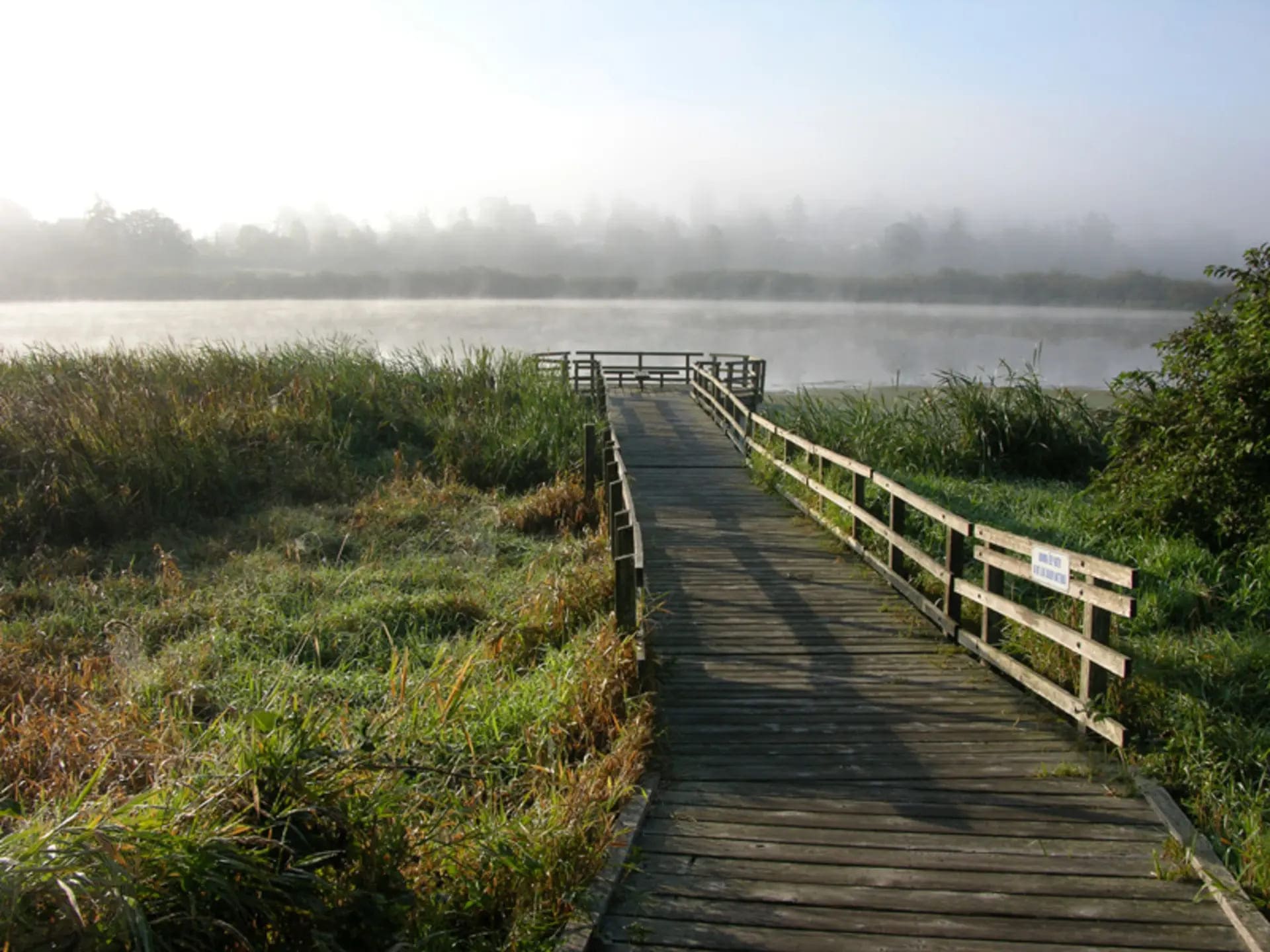
One major highlight of the Lake Swan is the breathtaking diversity in terms of species of birds. The list of birds that call the shores of the lake Swan home , ranges from those that come during the seasons to hunt to those that make the region their home. Those who indulge in bird watching shall have an opportunity to see the elegant thus-‘Big blue heron,’ interesting kingfishers and even a variety of warbler species among others during their voyages. At the same time, in order to obtain the optimum experience of birdwatching, it is advisable to visit at times when there is activity of certain birds. This is a list of some of the most frequented birds in Swan Lake and the seasons that they usually populate.
-
- Spring – Canada Goose ,Mallard, Wood Duck
- Summer: Red-winged Blackbird, Common Yellowthroat, Baltimore Oriole
- Fall: Northern Pintail, American Wigeon, Snow Goose
- Winter: American Tree Sparrow, Dark-eyed Junco, Horned Lark
Other Wildlife and Plant Life
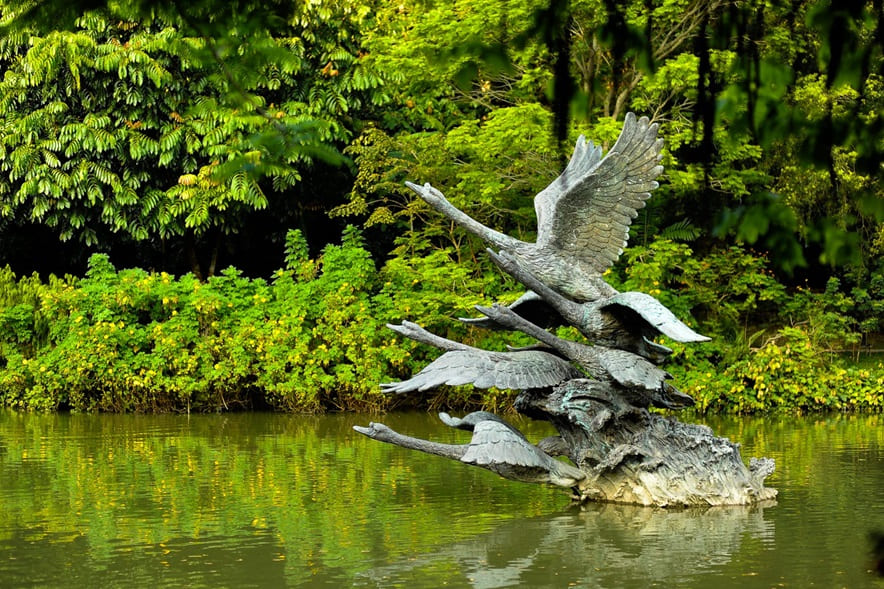
Apart from birds, Swan Lake accommodates an array of flora and fauna. Indeed, there are free ranging mammals such as deer, raccoons and river otters within the Reserve enhancing the aesthetic appeal of the place. Furthermore, the visitors are also introduced to a specific range of plants comprising of common flowers , grasses growing in the wetlands and many trees in every one of the ecosystems. Such species are regularly checked by Swan Lake conserationist after they have identified where the species are found within the Wetland Reserve. Below is a description of the primary habitats on the reserve and accompanying types of plants and animals in each:
| Habitat Type | Key Flora | Key Fauna |
|---|---|---|
| Wetlands | Yellow Flag Iris, Cattails | American Bittern, Green Frog |
| Woodlands | Oak, Maple | Red Fox, Eastern Chipmunk |
| Meadows | Wildflower Mix, Timothy | Eastern Meadowlark, Monarch Butterfly |
How to engage yourself in birdwatching? Birdwatching activities and tips
The best time to go birdwatching
Timing is the most important factor determining when birdwatching is most enjoyable at Swan Lake. The two favourable periods in terms of migratory birds are spring and early fall when the atmosphere is filled with migratory birds. The first two hours of early morning just after dawn provide superb birdwatching, especially, as many birds are up looking for food and defending their territory. Late afternoon is another time to look out for birds because they become active again before settling for the night or their roosts. Making the most of these windows will ensure you have a wonderful time seeking to catch a wide range of species. These are the main periods to put your visit and the difference between a tame day out and a pleasant day of watching wildlife could be the presence or absence as stated.
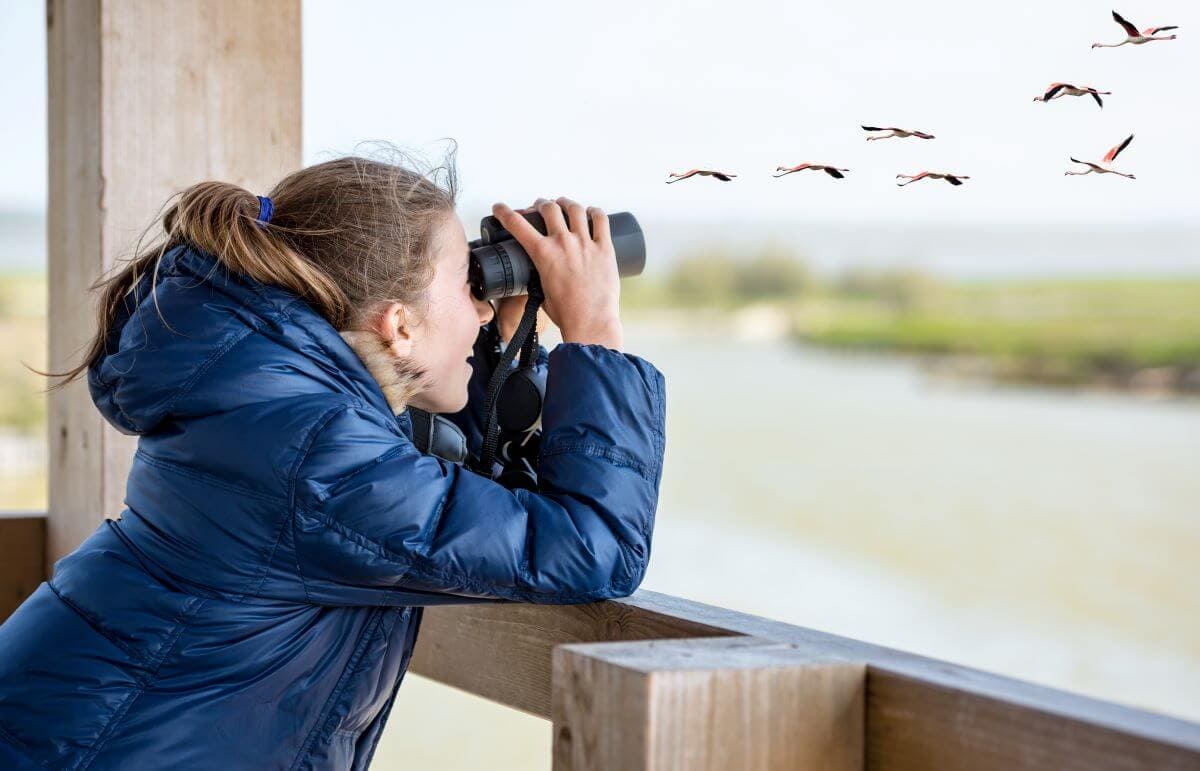
Goals and Equipment
Proper equipment is important in getting maximum satisfaction during a visit to Swan Lake. A good quality binoculars will allow the bird watching without actually being closer. Some of the birds can be identified with the help of the field guide; while, some other birds could be simply imprinted in the memory with a zoomable camera. Proper shoes are very important because the visitors are expected to walk on the trails through the natural area. Also, heating water, dry snacks and sunscreen are advised for extended rest stops. With the right gear and the attitude, one can participate in all the action at the Swan Lake.
Conservation Efforts at Swan Lake
Importance of Natural Habitat Conservation
The conservation efforts at Swan Lake are important in sustaining is ecosystems and its biodiversity. It is true that as a result of human activities, these natural habitats are constantly under threat hence the need for their protection is strong. There is the continued efforts to improve the water quality, replace with the indigenous vegetation, and to carry out the wildlife census in the nature reserve. Educational programmes aimed at the local peoples improve the proficiency of such environmental challenges and an awareness of the sustainability measures taken is improved. Like other visitors to Swan Lake, the expectation is that the visitors will want to join these activities because they recognize that they are part of the preservation rather than just being spectators. Conservation is the prerogative of everyone and it is imperative for the safety of the sanctuary in the future.
Involvement of Community and Education
Community involvement is central to the energy and efforts directed at protecting Swan Lake. Often local schools and other institutions of the reserves in partnership with its management develop initiatives aimed at educating people about the conservation measures that are in place. Such engagements as workshops, volunteer days and guided walks enable the participants to take an active role in the upkeep of the reserve and in learning about its ecosystems. Sources of opportunities like these not only serve to unify the community more but also help develop an interest in protecting and conserving natural areas by more youthful species of the community. Those who took part in such educational activities help to ensure that Swan Lake does not become a thing of the past but rather a peaceful place surrounded by nature for many generations to come.
Visitor Information and Amenities
Activities and Educational Extractions
For those who are keen to learn about birding and the enhanced ecosystems Swan Lake will not disappoint. At Swan lake, there are several guided trips and educational activities for the interested person. An informed guide will take visitors along the trails while educating them on local wildlife and the region’s history. These tours are aimed at people of all capacities, giving them a more constructive way to interact with the ecosystem. There are also additional activities such as bird counts or migratory bird festivals offered by the reserve during certain seasons, enriching the trip even more. Attending these activities provides an opportunity for the visitors to learn more about Swan Lake while interacting with the local community.
Facilities and Accessibility
People do enjoy the benefits of the facilities at Swan lake as they have better experience when on site. Lots of parking space and well kept pathways make it easy for individuals and families to maneuver. Through the visitor center, visitors learn more about the reserve: history, plant and animal life, and activities that are planned. Family facilities, restrooms and picnic spaces are also included to cater for the families or other visitors who wish to stay longer. There are also various features supposed to enhance accessibility of the Swan Lake to all, even the mobility impaired persons. Thanks for these supporting facilities, visitors do not have to worry about any inconveniences and concentrate on enjoying nature.
Conclusion
To sum up, Swan Lake is an important habitat and a recreational area for human beings. Its rich ecology together with active efforts of protection makes it one of the very few areas where one can enjoy bird watching and nature. Through the visitation of these places, one gets to enjoy the birds but also participates in the protection of these vital areas. There is always a story to tell at Swan Lake and this makes the site important for all people with an interest in and love for nature. We want to promote people to visit, appreciate, and interact with this particular reserve, so that its beauty exists in the future.
FAQs
FAQ 1: What is the best time to visit Swan Lake for birdwatching?
Answer: The best time to visit Swan Lake for birdwatching is during the spring and fall migration periods largely in the early morning or late in the evening as that is the time birds are being active.
FAQ 2: Is there any special permission required from somebody to go to Swan Lake?
Answer: No special permission is needed for a common visit but there are some places that might be off limits or if you want guided tours there might be a fee.
FAQ 3: Am I allowed to use my own scopes and binoculars for the birdwatching?
Answer: Of course! Visitors are allowed to carry their own binoculars, cameras, and any other zebra or birdwatching gears.
FAQ 4: Are there any rules to adhere to while birdwatching at Swan Lake?
Answer: Similarly as stated above, tourists should always stay away from animals, keep to trails, which aim to protect specific areas and restrictions may apply to external sounds and noise levels.
FAQ 5: What can I do to help in the conservation of Swan Lake?
Answer: Through local NGO volunteer programs, educational workshops, fundraise for existing and future conservation activities in the reserve.
